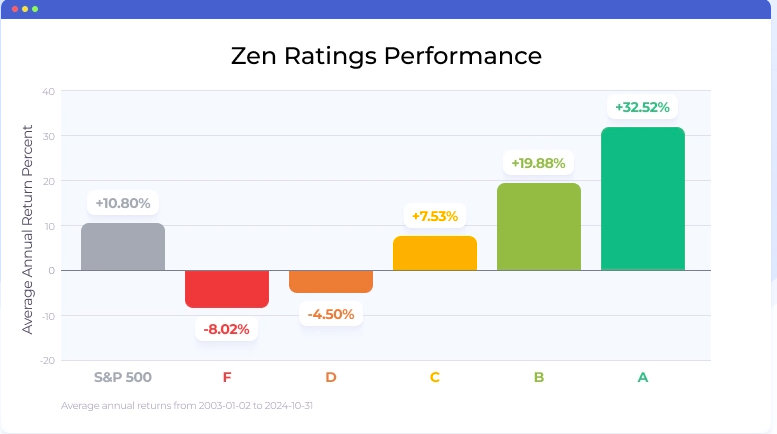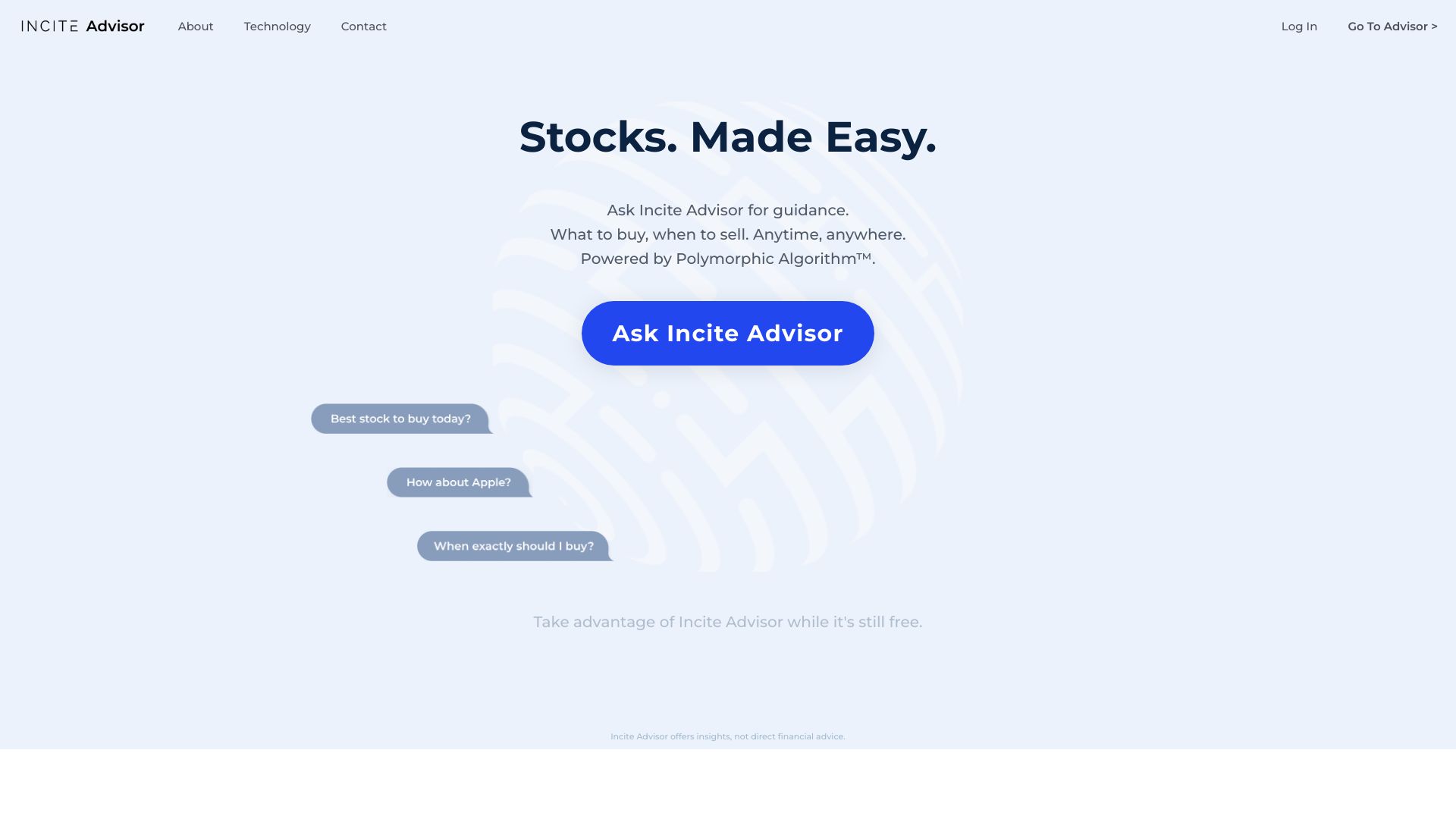20 New Reasons For Selecting AI Stock Trading Platform Sites
20 New Reasons For Selecting AI Stock Trading Platform Sites
Blog Article
Top 10 Tips For Assessing The Integration And Compatibility Of Ai Stock Analysing Trading Platforms
Integrity and compatibility are the most important factors to consider when evaluating AI analysis and forecasting platforms for trading. Integrating your platform into the existing tools, systems and workflows is a fantastic way to boost efficiency. Here are 10 top strategies to help you analyze the compatibility and integration of these platforms.
1. Check Brokerage Integration
Ensure that your platform integrates seamlessly with the trading or brokerage service you prefer.
Trade execution: Determine if your platform allows the execution of trades directly through the integrated broker.
Account synchronization - Check to see if your platform is capable of syncing accounts' balances, transactions and positions in real-time.
2. Check API Availability
API access - Check that the platform comes with an API that allows developers to develop custom tools or automate work flow.
API documentation: Make sure the API is properly documented, by providing examples and usage-cases.
Rate limits: Determine whether there are acceptable rates for the API and whether it's able to handle your anticipated usage volume.
3. Review Third-Party Integration
Popular tools See whether there are any integrations between the platform as well as tools like Google Sheets, Excel, or trading robots.
Export/import of data - Make sure that the platform can support easy data export/import to/from other tools.
Extensions/Plugins: Check if your platform is compatible with plugins or extensions to provide additional capabilities.
4. Test Compatibility with Operating Systems
Desktop compatibility. Make sure your preferred operating systems (Windows, macOS, Linux) is supported.
Mobile compatibility. Check if you can download the app using iOS or Android.
Web-based access: Verify whether the platform is accessed via a web browser for added flexibility.
5. Evaluate the capabilities of data integration
Data sources - Ensure that the platform can be connected to multiple sources of data (e.g. news feeds and market data, as well as sentiments on social media).
Real-time data streams: Verify that the platform is able to integrate real-time data streams for the most current analysis.
Find out if your platform supports the import of historical data to analyze or backtest.
6. Verify compatibility between cloud and on-premise
Cloud-based platforms: Ensure that the platform is accessible from any place with an internet connection.
On-premises solutions: Check whether you'd like to install the program on your premises.
Hybrid solutions: See whether the platform supports the option of a hybrid model, which combines cloud capabilities and on-premise ones.
7. Make sure to check for Cross Platform Syncronization
Device synchronization: Ensure that the platform syncs settings and information across all devices (desktops mobiles, tablets, desktops).
Real-time updates: Verify if changes made on one device are reflected instantly on the other.
Offline access - See whether you are able to access information or have limited access to functions when the platform is not accessible.
8. Assess the Compatibility of Trading Strategies
Trading strategies that are automated or algorithmic must be backed by the trading platform.
Custom indicators: Determine if the platform allows the use of customized technical indicators or scripts.
Backtesting strategy check to see if the trading platform permits backtesting using historical data.
9. Assess Security and Compliance
Data encryption: Verify that the platform uses encryption for data that is in rest and in transit.
Verify that your platform has an authenticated method that is secure (e.g. 2-factor authentication).
Compliance with regulations: Check if the platform complies wth relevant regulations.
10. Test Scalability Performance
Scalability: Ensure the platform is able to handle an ever-growing amount of information and users to ensure that it is able to adapt to the needs of your business.
Performance during load: Determine whether the platform is responsive in high-volatility situations.
Utilization of resources: Ensure that the platform is using system resources effectively (CPUs, memory, bandwidth).
Bonus Tips
Feedback from users: Use reviews from customers to assess the platform integration capabilities.
Trial period: Try the platform for free or download a demo and see how it integrates with your current software and workflow.
Customer support: Ensure your platform has a robust support for integration-related problems.
You can test the compatibility, integration, and effectiveness of AI trading platforms for stocks by following these guidelines. Have a look at the recommended market ai for blog info including ai investing platform, best ai trading software, ai investment platform, ai stock, stock ai, best ai for trading, ai stock trading, best ai stock trading bot free, best ai stock trading bot free, best ai stock and more.
Top 10 Tips For Evaluating The Regulatory Compliance Of Ai Stock-Predicting/Analyzing Trading Platforms
Regulatory compliance plays a crucial part in the evaluation of AI platforms to predict stock prices and analyze. Compliance helps to ensure that the platform operates within legal frameworks and protecting the privacy of users. Here are 10 best tips to assess the compliance of these platforms.
1. Verify Registration and Licensing
Authorities regulating the platform: Make sure that the platform's license and registration is with the appropriate financial regulatory authorities (e.g. SEC or FCA in USA, ASIC or ASIC in Australia).
Verify the broker collaboration If your platform is integrated with brokers or brokers, make sure they are licensed and regulated.
Public records: Go to the site of the regulator to determine if the platform has been registered or has been in violation of the law.
2. Review the privacy of your data Compliance
GDPR: Make sure that your website adheres to the General Data Protection Regulation.
CCPA For Californian users, check compliance with California Consumer Privacy Act.
Policies on handling data: Review the platform's data privacy policy to make sure it clarifies the ways in which user data is gathered as well as how it is stored and shared.
3. Examine Anti-Money Laundering(AML) Actions
AML Policies The platform should be equipped with strong AML (Anti-Money Laundering) policies to detect money laundering and stop it.
KYC procedures. See the platform you use follows Know Your Customer processes for confirming user identity.
Transparency monitoring: Find out if your platform monitors all transactions for suspicious activities and notifies the authorities.
4. Check for the compliance of Trading Regulations
Market manipulation: Ensure that the platform has measures in place to stop market manipulation, including the spoofing of trading or wash trading.
Order types: Check that the website is compliant with rules regarding order types.
Best execution: Check if the platform adheres to the highest standards of execution, and ensures that transactions are executed at the most competitive price.
5. Cybersecurity Compliance:
Data encryption: Verify that the platform safeguards users' data while it is in transit as well as when it is at rest with encryption.
Incident response. Verify that there is clearly identified incident response plan on the platform for cyberattacks and data breaches.
Certifications: Find out if a platform is accredited to be secure (e.g. ISO 27001, SOC 2)
6. Transparency Disclosure, Transparency and Evaluation
Disclosure of fees - Make sure all fees are disclosed, even extra charges or hidden costs.
Risk disclosure: Ensure that the platform has disclosed the risks involved, particularly in the case of high-risk strategies or trading with leverage.
Performance reporting - Examine to determine if there are accurate and transparent performance reports made available by the platform to its AI models.
7. Make sure you're in compliance with International Regulations
Cross-border trading: If you want to trade internationally, make sure the platform is compliant in all jurisdictions.
Tax reporting: Find out whether a platform offers tools or reports for users to follow tax regulations.
Sanctions compliance: Ensure the platform adheres to international sanctions and is not allowing trading with banned entities or countries.
8. Assessing Record-Keeping and Audit trails
Transaction records: Verify that the platform has complete records for purposes of regulation and for audit.
Logs of activity for users: Determine whether the platform is logging the user's activity, such as logins, trades, and changes to account settings.
Audit readiness: Make sure that the platform can provide all necessary documents and logs in the event of the need for a regulatory audit arises.
9. Evaluation of Compliance with AI Specific Regulations
Algorithmic rules for trading If the platform for trading supports algorithms, check that it complies with the regulations of MiFID II for Europe or Reg. SCI for the U.S.
Fairness and bias: Determine whether the platform reduces or is monitoring its AI models for ethical and fair trading.
Explainability: Certain regulations require that platforms give explanations for AI-driven decisions or predictions.
Review User Feedback and Regulatory History
User reviews: Make use of feedback from users to assess the platform's regulatory conformity.
Regulatory history - Check to find out if the platform has been convicted of any previous regulatory violations or fines.
Third-party Audits: Ensure that the platform has been subjected to third-party reviews to ensure the platform is in compliance with all applicable regulations.
Bonus Tips:
Legal consultation: Think about consulting an expert in the field of law to examine the platform's compliance with relevant regulations.
Trial period: Test the platform for free, or try the demo to test out its compliance features and the documentation.
Customer support - Check that the platform has the capacity to assist with any compliance-related questions or issues.
These guidelines will allow you to evaluate the legality of AI trading platforms which forecast or analyze price of stocks. This way you can pick a trading platform that operates within legal frameworks, and safeguards your. The compliance reduces legal risk and improves confidence in the platform. View the top her comment is here for ai investment tools for blog info including best ai penny stocks, ai options, ai stock predictions, ai options, ai investment tools, ai software stocks, best ai stocks to buy now, ai stock predictions, ai stock predictions, invest ai and more.